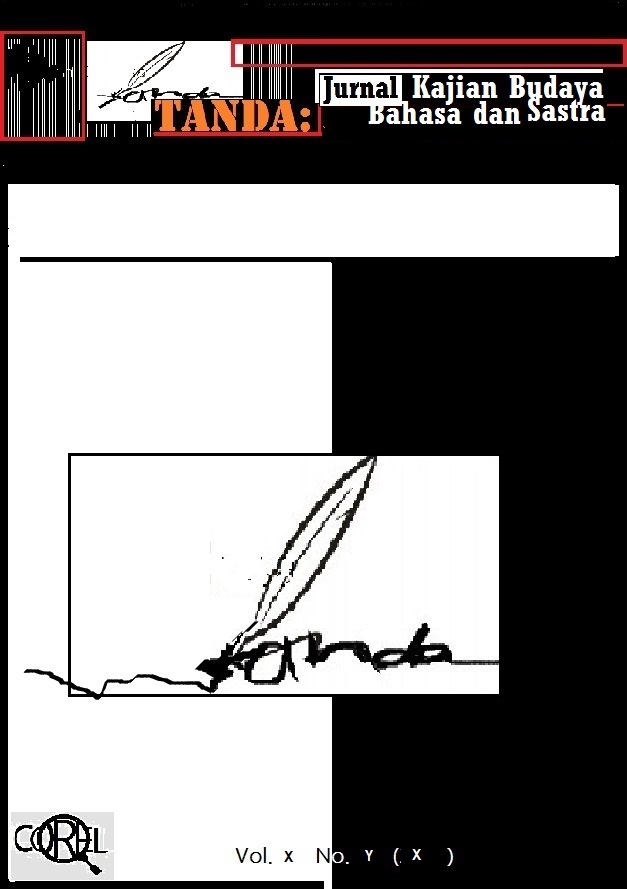ANALISIS PUISI BERJUDUL BULAN DI JARING JALA KARYA ACHLUDDIN IBNU ROCHIM: REPRESENTASI KONTEMPLASI SPIRITUAL DAN FILOSOFIS KEHIDUPAN
DOI:
https://doi.org/10.69957/tanda.v3i05.2056Keywords:
poetic structure, inner self, spirituality, symbolic meaning, Indonesian poetryAbstract
This study explores the inner structure (struktur kebatinan) of the poem "Bulan di Jaring Jala" by Achluddin Ibnu Rochim, focusing on the poet's deep spiritual contemplation and symbolic language. Through a qualitative descriptive approach and close reading technique, the research reveals that each stanza represents a layered meditation on peace, impermanence, and the unity of human souls. The first stanza portrays a hopeful morning born from a night of intense prayer, emphasizing spiritual harmony. The second stanza reflects on the fleeting nature of life, using the metaphor of the moon's shadow caught in a fisherman’s net—beautiful but unreachable. The final stanza offers a resolution, expressing metaphysical unity and the birth of a sacred promise. The poem exemplifies how poetic language can serve as a vehicle for inner reflection and spiritual truth, making it a rich subject for literary and philosophical analysis.
References
Achluddin Ibnu Rochim, (2015), Bulan Di Jaring Jala, https://caffepena.blogspot.com/2015/12/nick-nock-12.html
Koentjaraningrat. (2009). Pengantar Ilmu Antropologi. Jakarta: Rineka Cipta.
Ratna, N. K. (2009). Teori, Metode, dan Teknik Penelitian Sastra. Yogyakarta: Pustaka Pelajar.
Ricoeur, P. (1976). Interpretation Theory: Discourse and the Surplus of Meaning. Fort Worth: Texas Christian University Press.
Sudjiman, P. (1990). Memahami Puisi. Jakarta: Pustaka Jaya.
Wellek, R., & Warren, A. (1977). Theory of Literature. New York: Harcourt Brace Jovanovich.
Downloads
Published
How to Cite
Issue
Section
License
Copyright (c) 2023 Andia Jingga Langit Persada Timur

This work is licensed under a Creative Commons Attribution-ShareAlike 4.0 International License.
Authors publishing in TANDA: Jurnal Kajian Budaya, Bahasa dan Sastra e-ISSN 2797-0477 will be asked to sign a Copyright Determination Form. In signing the form, it is assumed that the author has obtained permission to use copyrighted or previously published material. All authors must read and agree to the terms outlined in the form, and must sign the form or agree that the corresponding author can sign on their behalf. The article cannot be published until the signed form has been received. It is a condition of publication that authors grant copyright or license the publication rights in their article, including the abstract, to jurnaltanda@gmail.com. This allows us to ensure full copyright protection and to disseminate the article, and of course the Journal to the widest possible readership in both print and electronic formats.













